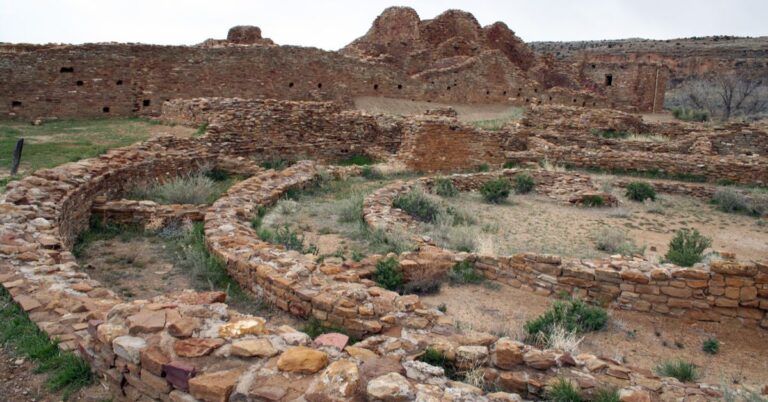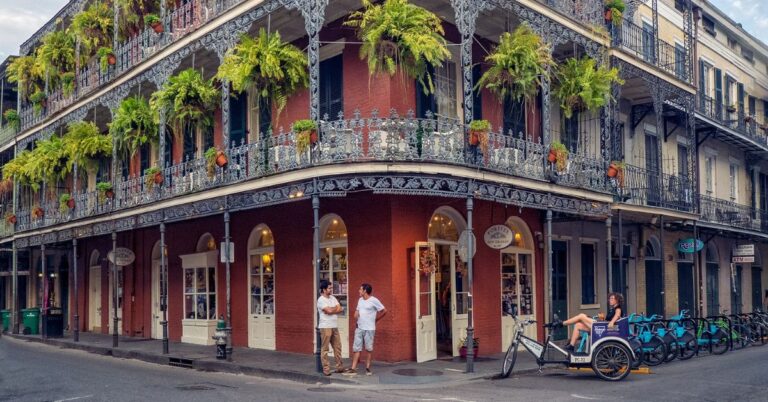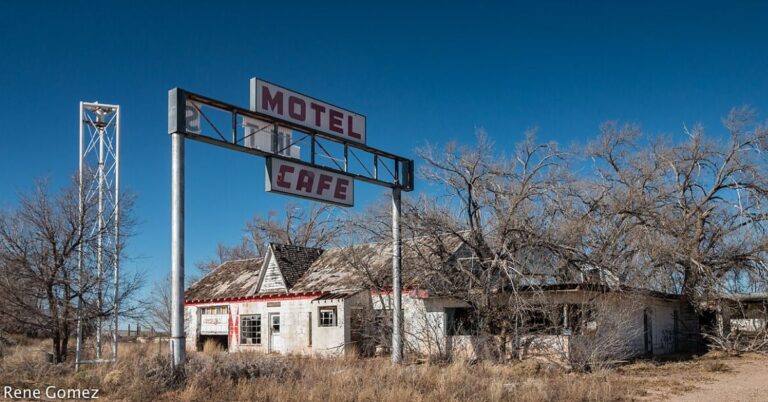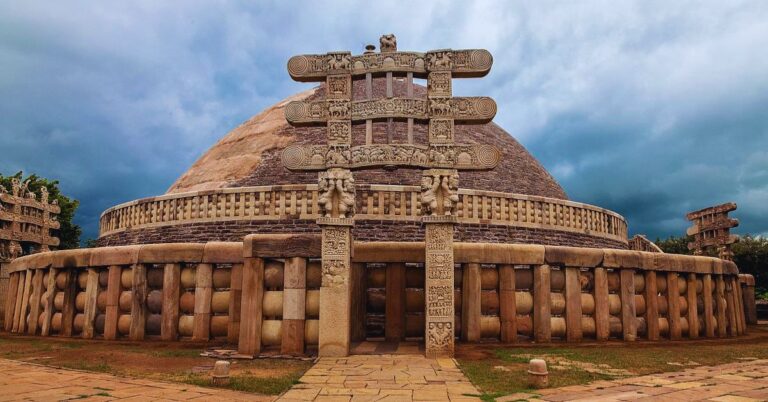15 Iconic Virginia Locations That Remind Us Of America’s History
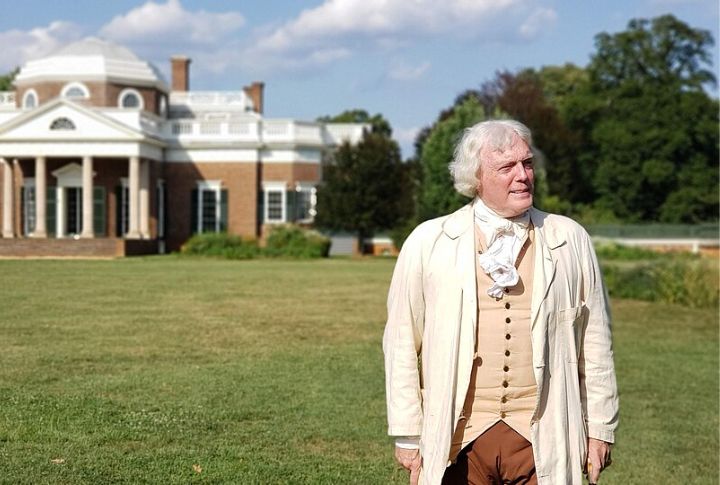
Virginia is filled with historical landmarks that played a major role in shaping America. The state features a mix of colonial sites and homes of key historical figures. If you ever find yourself in the state, here are 15 essential spots in Virginia that every American should check out.
Colonial Williamsburg
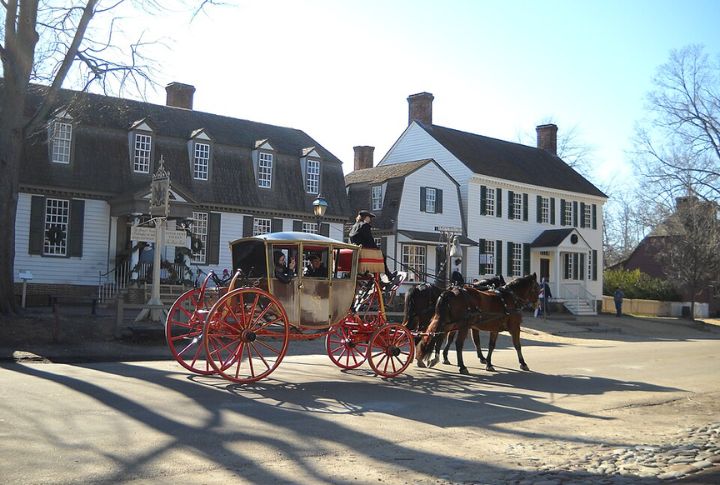
Colonial Williamsburg is a living museum where the Revolutionary War era comes alive. The 301-acre site features more than 88 restored buildings, such as homes, shops, and the Governor’s Palace. Experience a day in the life of early American citizens as you interact with costumed interpreters and watch reenactments.
Monticello
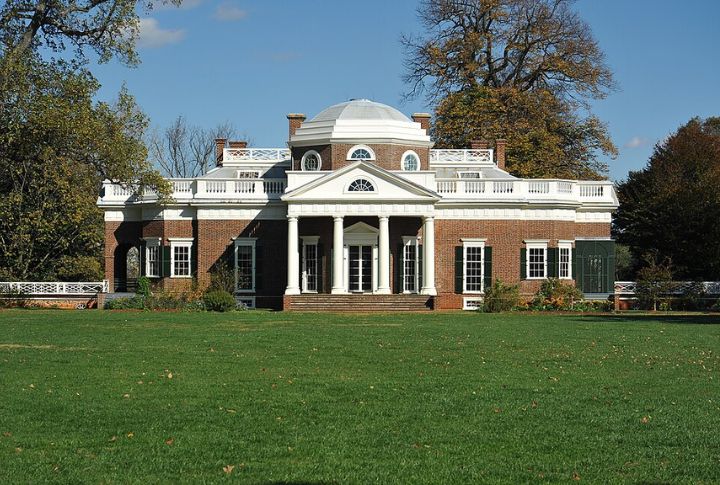
Monticello, Thomas Jefferson’s mountaintop home, merges classical design with scientific innovation. Its experimental gardens reflected his agrarian ideals and belief in self-sufficiency. Jefferson believed that a strong connection to the land was essential for personal independence and the foundation of a democratic society—and this is proved by his home.
Mount Vernon
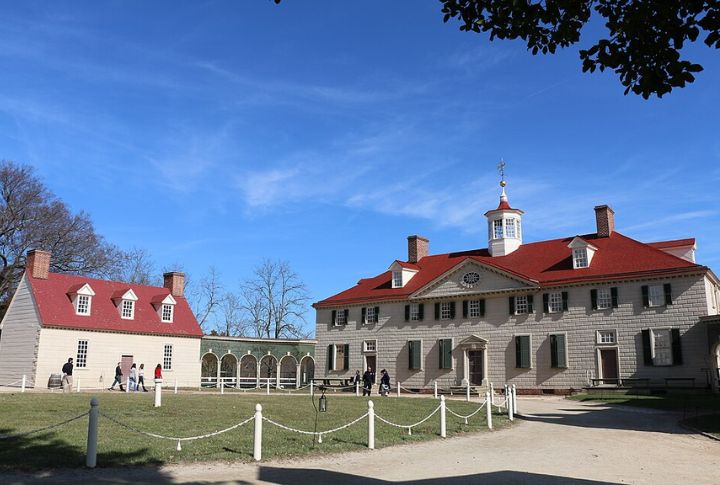
Mount Vernon, known for its sweeping views of the Potomac River, George Washington’s estate is not only a mansion but a symbol of his leadership. Highlights of this place include Washington’s farming legacy, with his innovative distillery and gristmill. Mount Vernon tells us about Washington’s vision for the nation’s agricultural economy.
Jamestown Settlement
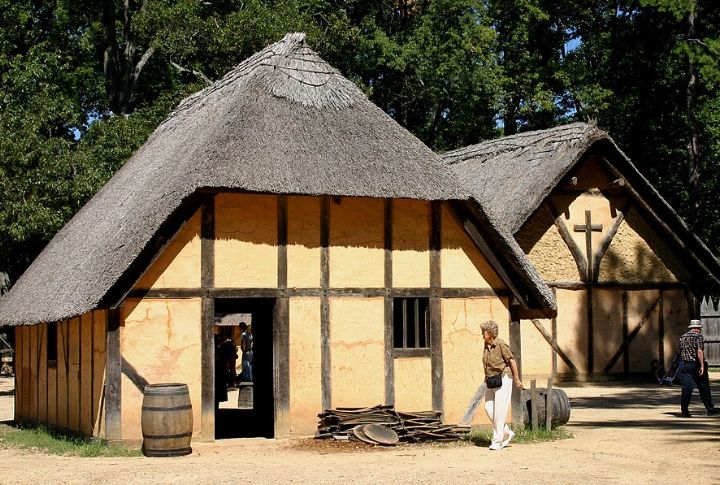
Jamestown Settlement invites you to walk where the first permanent English settlers arrived in 1607. Replicas of the ships, fort, and Powhatan village offer insight into early interactions with Native Americans. Archaeological discoveries at the site also reveal the harsh conditions and survival challenges faced by the colony’s earliest inhabitants.
Yorktown Battlefield
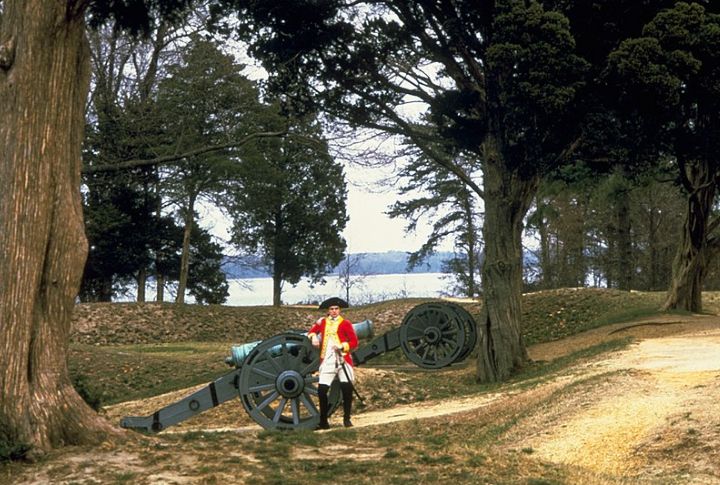
Yorktown Battlefield marks the site of the final major clash of the American Revolution, where French and American forces combined and forced the British to surrender. The Moore House, a preserved 18th-century home, served as the location for the formal surrender negotiations between Generals Washington and Cornwallis.
Arlington National Cemetery
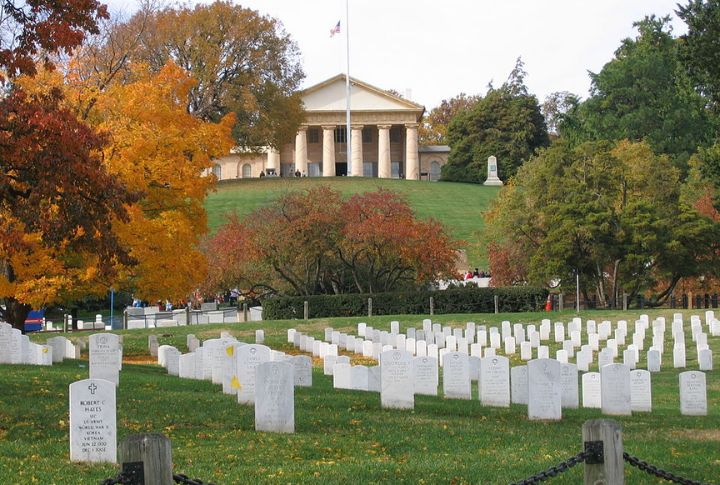
Arlington National Cemetery stands as the resting place for military service members who gave their lives in service to the country. Graves stretch across rolling hills, marking their courage. A solemn monument honors the Unknown Soldier, with memorials throughout the cemetery recognizing significant moments in American history.
Montpelier
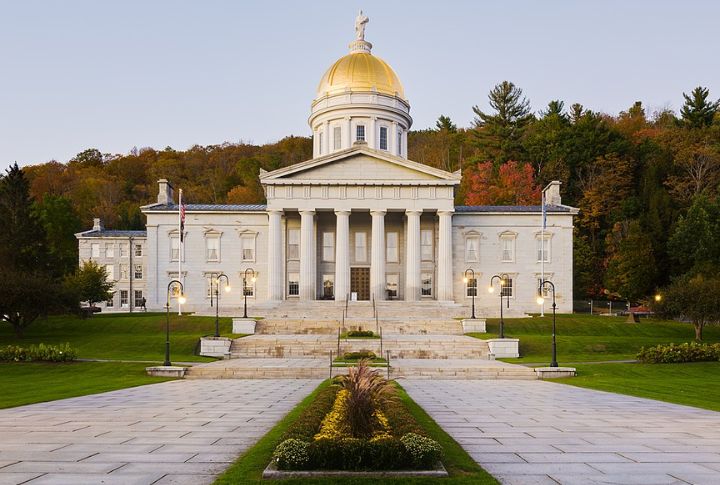
Situated in Virginia, Montpelier provides an opportunity to explore the life of James Madison, the man who crafted the U.S. Constitution. His intellectual legacy is reflected throughout the estate, shedding light on his role as the “Father of the Constitution.” Madison’s study and library tell us about his influence on the American government.
Belle Isle
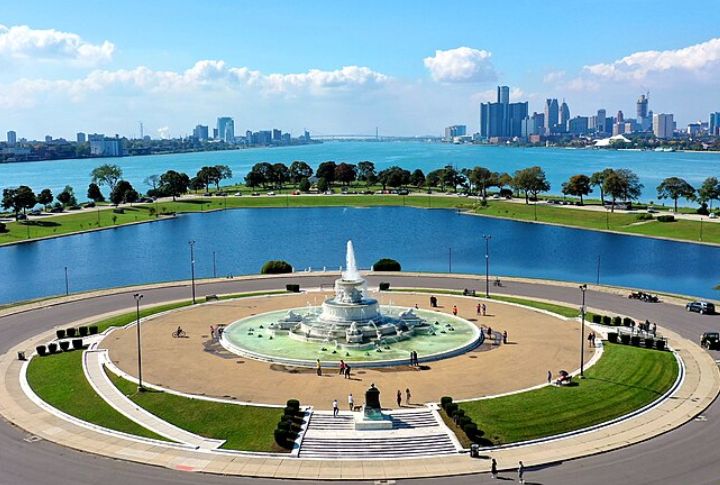
Belle Isle, once a Confederate prison camp, is now a park in Richmond. The island features a historic hydroelectric plant, one of the first in the region. While a prison camp’s history contrasts with nature and industrial elements, its transformation highlights the island’s evolution from suffering to progress.
Luray Caverns
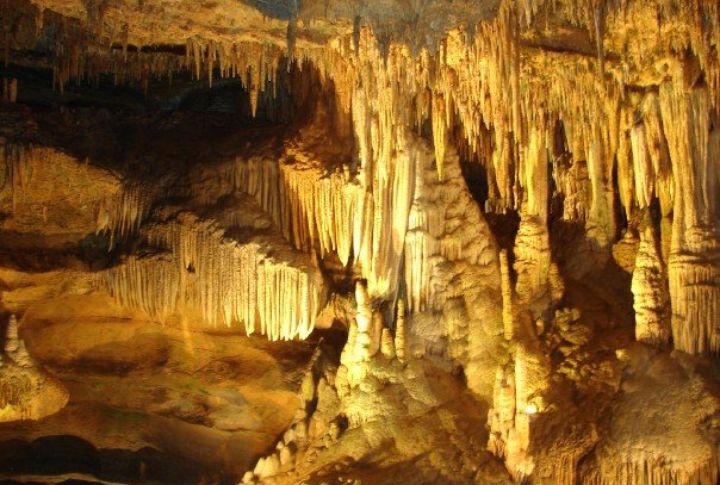
Beneath Virginia’s surface, Luray Caverns reveals a hidden world of underground chambers filled with unique rock formations. The caverns hold the largest variety of formations in the U.S., including impressive stalactites and stalagmites. The Great Stalacpipe Organ on the site plays melodies using those natural formations.
Booker T. Washington National Monument
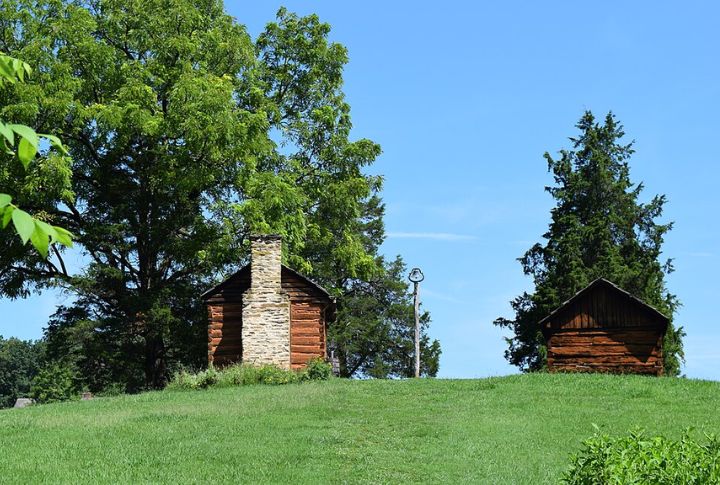
The Booker T. Washington National Monument marks the birthplace of the influential educator. It offers a look at the preserved farm and also the reconstructed agricultural buildings. Educational programs bring to life Washington’s pivotal role in advancing vocational education, along with his lasting impact on the Tuskegee Institute.
Cape Henry Lighthouse
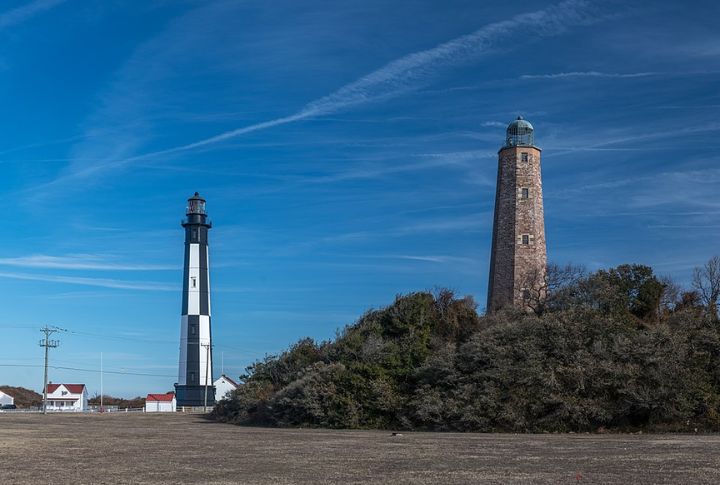
Located at the entrance to Chesapeake Bay, Cape Henry Lighthouse is one of the first federally funded lighthouses in the U.S. Known for its black-and-white stripes, it provides expansive views of the bay and Atlantic Ocean after climbing its 191 steps. Serving as a symbol, the lighthouse reflects America’s early efforts in coastal safety.
Stratford Hall
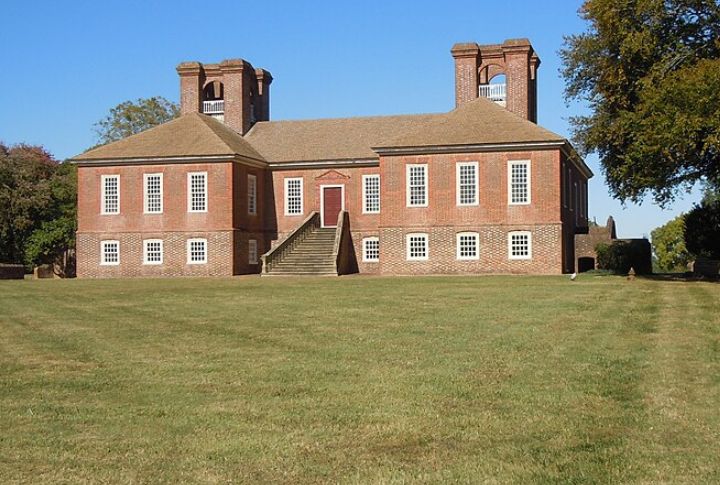
Stratford Hall is deeply intertwined with the history of the Lee family. This historic estate, the birthplace of Robert E. Lee, was once the center of Virginia’s colonial elite. Beyond its grand architecture, the site reveals the Lee family’s influential role in shaping both military leadership and American history.
Manassas National Battlefield Park
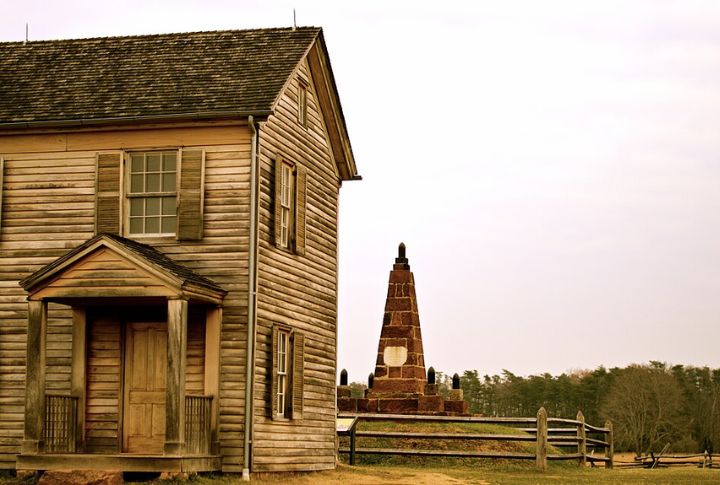
The First and Second Battles of Bull Run were pivotal in the Civil War and took place at Manassas National Battlefield Park. It was here that Confederate General Thomas “Stonewall” Jackson earned his enduring nickname. The park spans over 5,000 acres of preserved battlefield, and visitors can explore all of its significant landmarks.
The Omni Homestead Resort
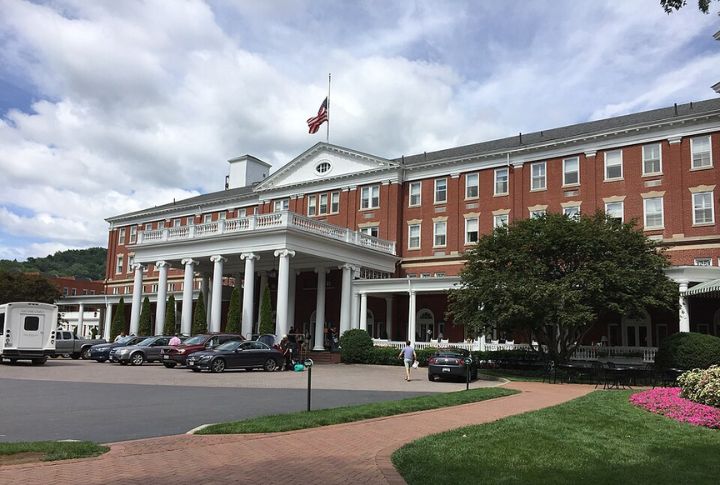
Set in the Allegheny Mountains, Omni Homestead Resort is a unique mix of history and luxury. With its famous natural hot springs, the resort offers a peaceful escape, complete with a golf course. U.S. presidents, such as Herbert Hoover and other dignitaries, have visited throughout the years for rest and relaxation.
Edgar Allan Poe Museum
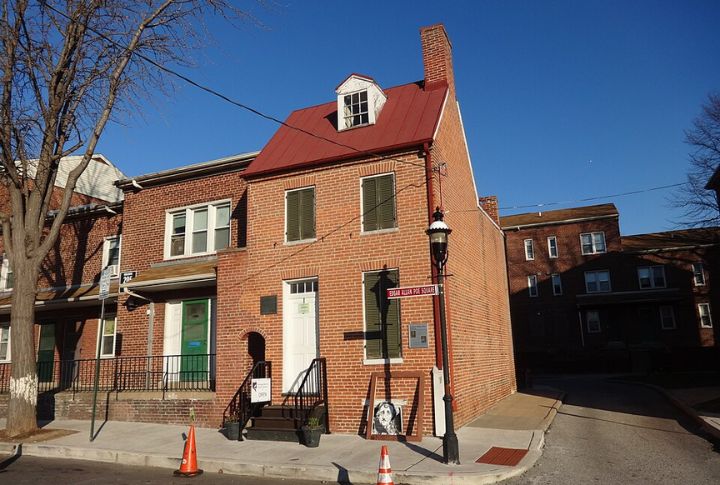
The Poe Museum in Richmond sits inside the Old Stone House, built around 1740. Though Poe never lived there, the museum honors his time in the city. It opened in 1922 and now holds rare artifacts like his coffin fragment, gold pocket watch, waistcoat, and even his engagement ring to Elmira.



